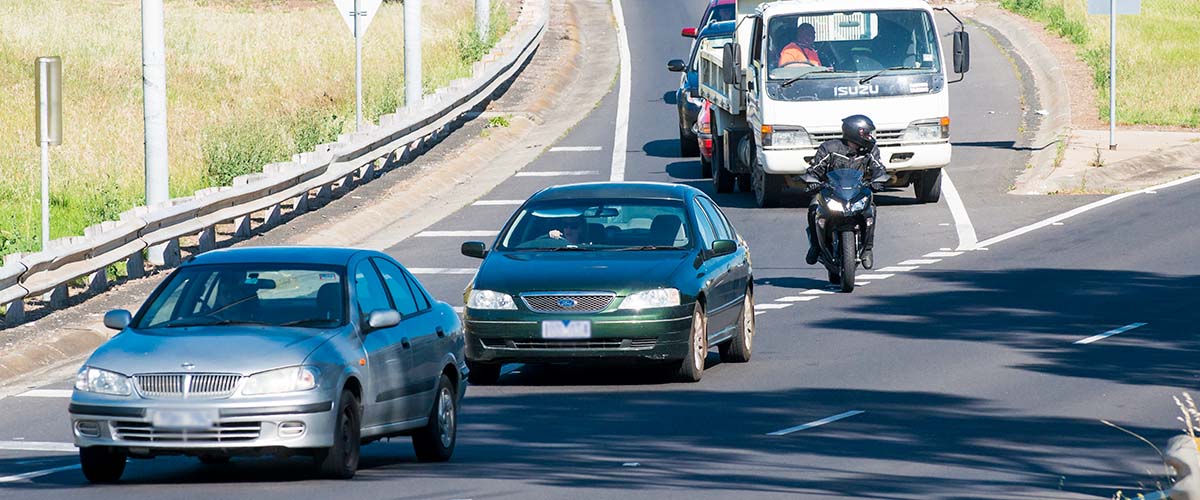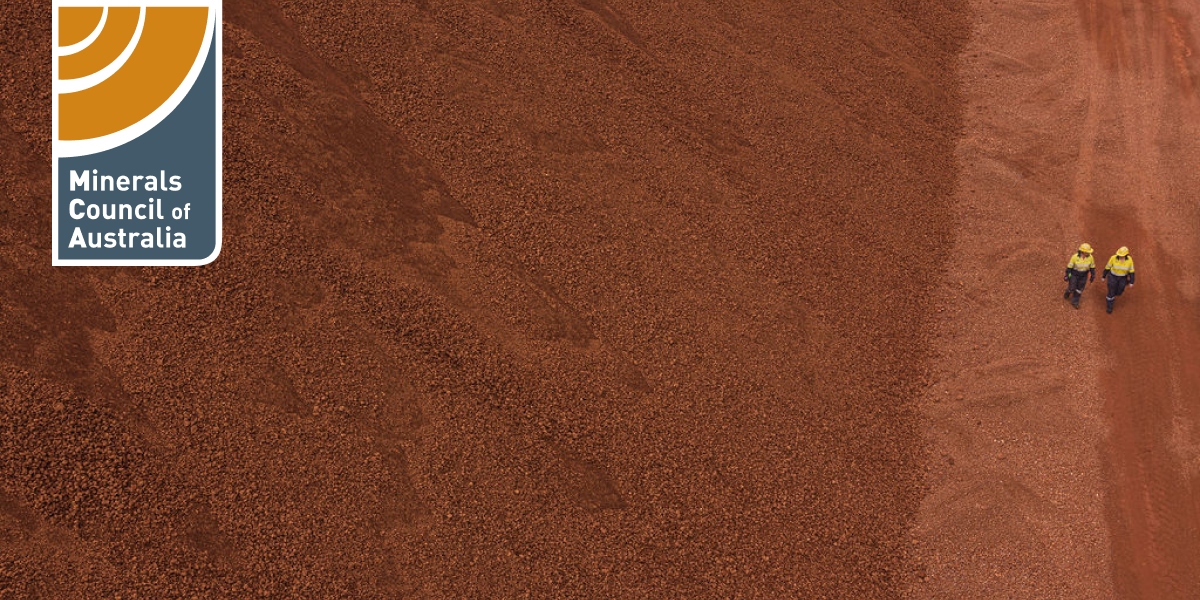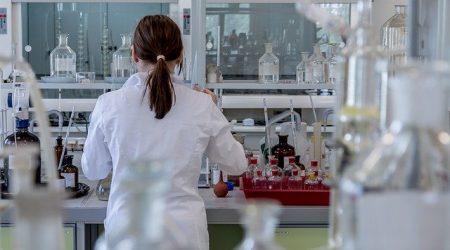 One Tree Island coral slope
One Tree Island coral slope
Large portions of the Great Barrier Reef have experienced devastating coral decline, but there is one island bucking the trend.
New research from Southern Cross University doctoral researcher Kay Davis shows One Tree Island, near Gladstone in the southernmost neighbourhood of the Great Barrier Reef, has experienced remarkable coral growth.
Ms Davis says the findings were ‘completely unexpected’ and showed a coral ecosystem calcification increase of 400 per cent between 2014 to 2017.
Her team analysed the chemistry of water samples to measure whether coral and algae were growing or declining and at what rate, to determine how the ecosystem compares to previous studies conducted in the 1970s and throughout the 2000s.
The new research, published this month in Frontiers in Marine Science open-source journal with Ms Davis as the lead author, is entitled Fifty Years of Sporadic Coral Reef Calcification Estimates at One Tree Island, Great Barrier Reef: Is it Enough to Imply Long Term Trends?
“A devastating cyclone hit the One Tree Island reef in 2009, and no metabolic recovery was detected even five years after. In 2014, calcification had declined at One Tree Island by 75 per cent, and we expected this trend to continue due to ocean acidification inhibiting coral recovery. However, we found that the coral ecosystem has completely recovered from this cyclone event after eight years,” Ms Davis said.
“Not only did our water chemistry results show that calcification was recovering, but there was a visible increase in the amount of coral as well, with coral cover increasing to 30-40 per cent. However, we are still seeing an increase in organic productivity as well, which should continue to be monitored in the future.
“When compared to previous results, the coral calcification rate is slightly higher now than it was in the 1970s.
“One Tree Island is a special case because it is a scientific permit zone only with limited human impact from runoff, accidental coral damage by tourists, and impact from boats. This could be part of the reason the reef has recovered so quickly.”
However, other islands have not been so lucky.
Kay Davis teamed up with other researchers for a similar research trip to Lizard Island on the northern end of the Great Barrier Reef.
She is the co-author of another research paper, published this month in the Journal of Geophysical Research: Oceans, entitled Coral reef calcification and production after the 2016 bleaching event at Lizard Island, Great Barrier Reef.
Ms Davis says Lizard Island is experiencing ‘total ecosystem collapse’.
“Algae is taking over that ecosystem by our chemical measurements. It is becoming an algal dominated area, instead of coral dominated,” she said.
“We looked at rates of calcification, coral growth, organic production and algae growth. The coral calcification rate had decreased by 45 per cent compared to a 2009 study when the ecosystem was healthy before the bleaching events of 2015 and 2016.”
Ms Davis is a Minnesota-raised scientist who moved to Southern Cross University in Australia to pursue her PhD through the University’s National Marine Science Centre – the top oceanographical research centre in the New South Wales.
She said while it feels good to be working towards answers to climate change and how to better protect the reef, it was also disheartening to see some of these results.
“When a reef is severely degraded it’s very sad, but I’m glad to be part of a team that is working towards understanding what drives coral health and how we can better protect these ecosystems in the future, informing policy decisions.
“Although these kinds of studies are very time consuming and require a lot of expertise, this research is beneficial as it not only describes what see visually on the reef, but shows the chemistry and metabolic pulse of the coral reef – the function of the ecosystem we can’t see with our eyes.”
In March this year Kay Davis was awarded Southern Cross University’s International Women’s Day Scholarship for her outstanding research. She accepted the award via video link from her latest research location at Lord Howe Island, the southernmost coral reef in the world located 600 km directly east of mainland Port Macquarie on the NSW mid north coast.
“Lord Howe Island is so beautiful and we are the first team to ever measure ecosystem metabolism on the reef there,” she said.
“I hope my award will inspire other women to follow their passion in science, so Australia can raise its relative percentage in STEM careers above the current 16 per cent.”








